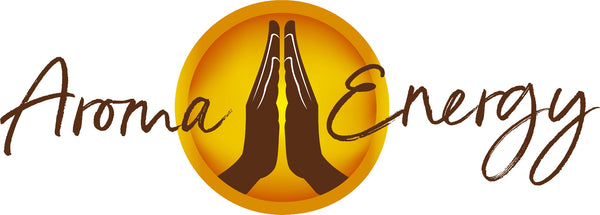
CLP Labels Demystified: Your Essential Guide to Compliance
Share
Venturing into the world of homemade products like candles, wax melts, sprays, or reed diffusers? Or perhaps you're an experienced crafter looking to refine your practices? Either way, understanding and implementing CLP labels is a must for your business. A critical part of selling homemade items, CLP labels can often be perplexing if you've never encountered them before.
This guide aims to alleviate any confusion surrounding CLP labels and streamline the journey towards CLP compliance for your small business.
What is a CLP and why does it matter for my homemade product?
'CLP' stands for Classification, Labelling and Packaging Regulation, an EU regulation governing how potentially hazardous substances are labelled. Effective in the UK since 1st June 2015, this regulation dictates that products containing such substances must include a CLP label.
Most handmade items like candles, wax melts, and reed diffusers often utilise essential or fragrance oils for their aromatic properties. As these are deemed hazardous, a CLP label is mandatory for non-cosmetic products containing them.

Why are Essential and Fragrance Oils labelled as "hazardous"?
Essential and fragrance oils often contain ingredients that could potentially irritate the skin or eyes and be environmentally hazardous. If these oils are present above certain concentrations, they necessitate health and environmental warnings along with safety pictograms on the CLP label.
The Importance of CLP Labels
Ignoring CLP labels can invite legal repercussions and loss of insurance for your business. UK law views improper CLP labelling as an offence, so it's up to you to ensure your labels display the necessary and correct information.
So, what should a CLP Label include?

A comprehensive and compliant CLP label should include the following:
- Product Identifiers
- Allergen Information
- Single Word Markers (e.g. “warning”)
- Warning Statements
- Precautionary Statements
- Warning/Hazard Pictograms
- Supplier Information (i.e. your business name, address, and contact details)
Don't fret if your label seems sparse for some scents. The information required depends on the specific ingredients within the oil. However, a yellow warning triangle should be included if there are no warning pictograms on your label.
Where to place CLP Labels on Candles and Wax Melts?
Your CLP label should be affixed horizontally to the container housing the hazardous substance. For candles, this usually is the glass jar, often with labels placed at the bottom for convenience. If you're boxing your candles, make sure the CLP label is also visible on the outer side of the box.
Wax melts, like candles, require the CLP label on their immediate packaging. Any outer packaging that doesn't display the wax melts should also have a clearly affixed label.
For uniquely shaped or small candles, alternatives like ties, tags, or fold-out labels can be used for CLP information.
How do I determine the fragrance load percentage for my CLP labels?
Your CLP label should reflect the correct fragrance load percentage in your product. Overestimation is allowed, but underestimation is a no-go. The maximum recommended fragrance load for candles and wax melts is 10%, while room sprays, reed diffusers, or plugins can range between 15-25% depending on the product. Any hazardous bases used in your product also need to be indicated with their appropriate percentage on your CLP label.

Do I need a CLP label if I'm not selling my products?
Simply put, if your homemade creations are for personal use and not sold to end-users, a CLP label isn't necessary. However, it's worth noting that non-cosmetic products created for your own use still need to adhere to safety standards, considering the risks associated with the components involved.
What else is expected from me as a seller?
Beyond CLP labels, you're also required to maintain an up-to-date Safety Data Sheet (SDS) for your essential or fragrance oils, in compliance with regulations. While this information doesn't need to be on your physical product, it's crucial to have it accessible.
An SDS outlines all the ingredients and allergens in your oils, potential hazards, storage methods, and emergency information, as well as your supplier's contact details. Your oil supplier should provide you with these documents and ensure their easy accessibility.

How do I get the information for my CLP label?
Your SDSs will mostly carry the needed CLP information. However, sorting through this data can be daunting if you're just starting out. To help you get started, we provide 10% CLP advice sheets for some of our most popular oils. These can be found here https://aromaenergy.co.uk/pages/regulatory-documents
Here's to successful, compliant selling!
Please bear in mind that while we offer this advice based on our understanding, this post serves as guidance only. It remains the responsibility of the business owner to conduct their research and ensure their products meet UK legislation requirements.
